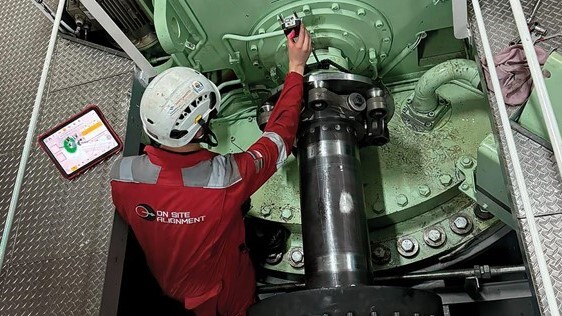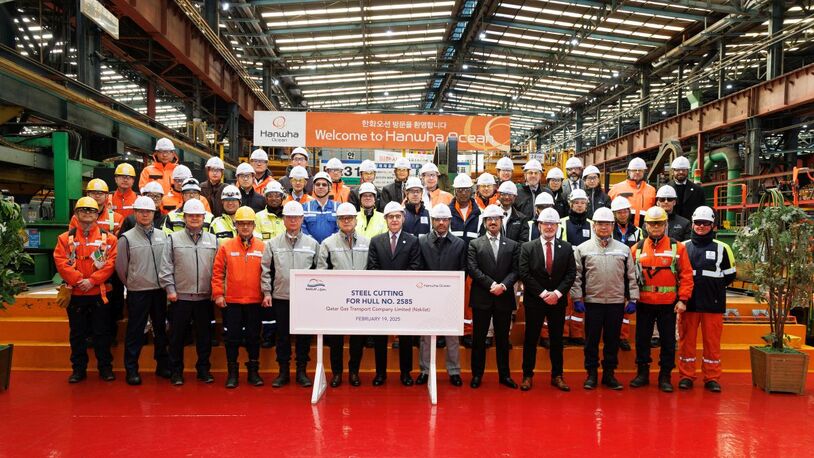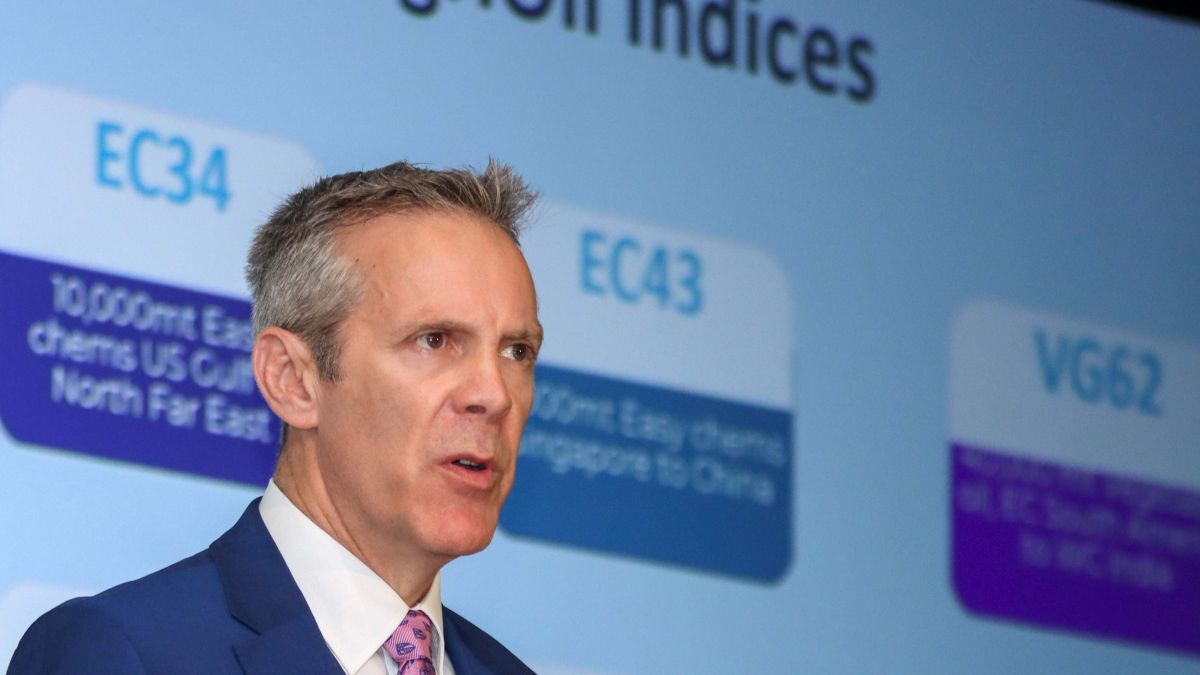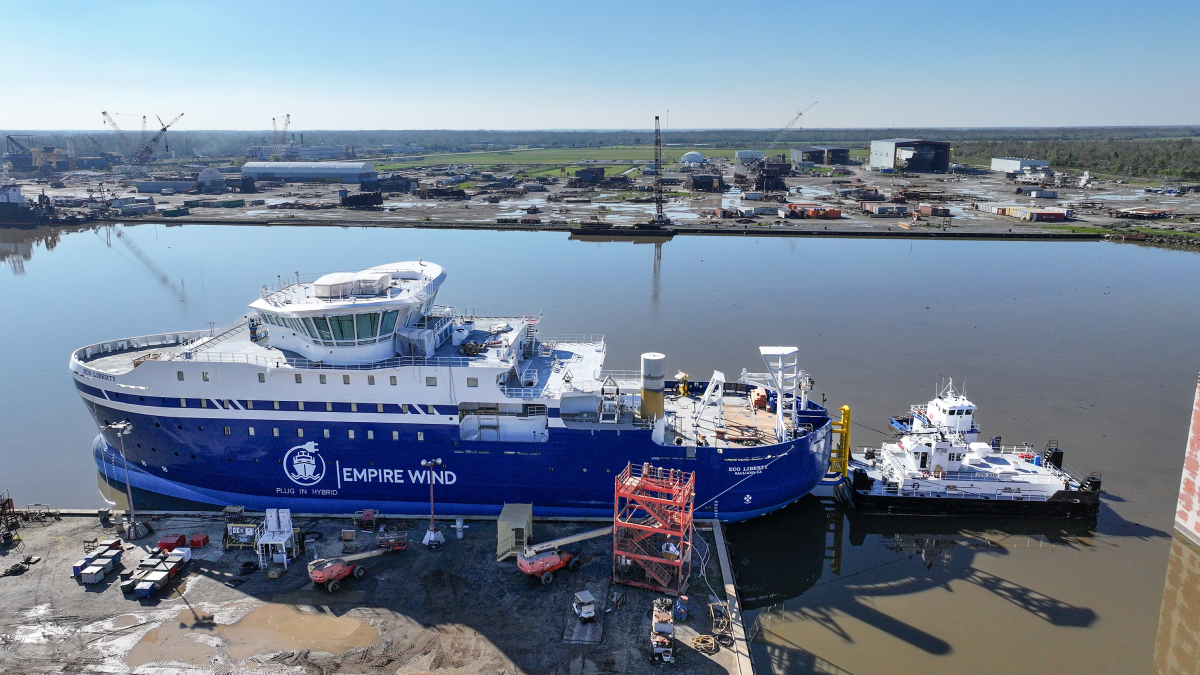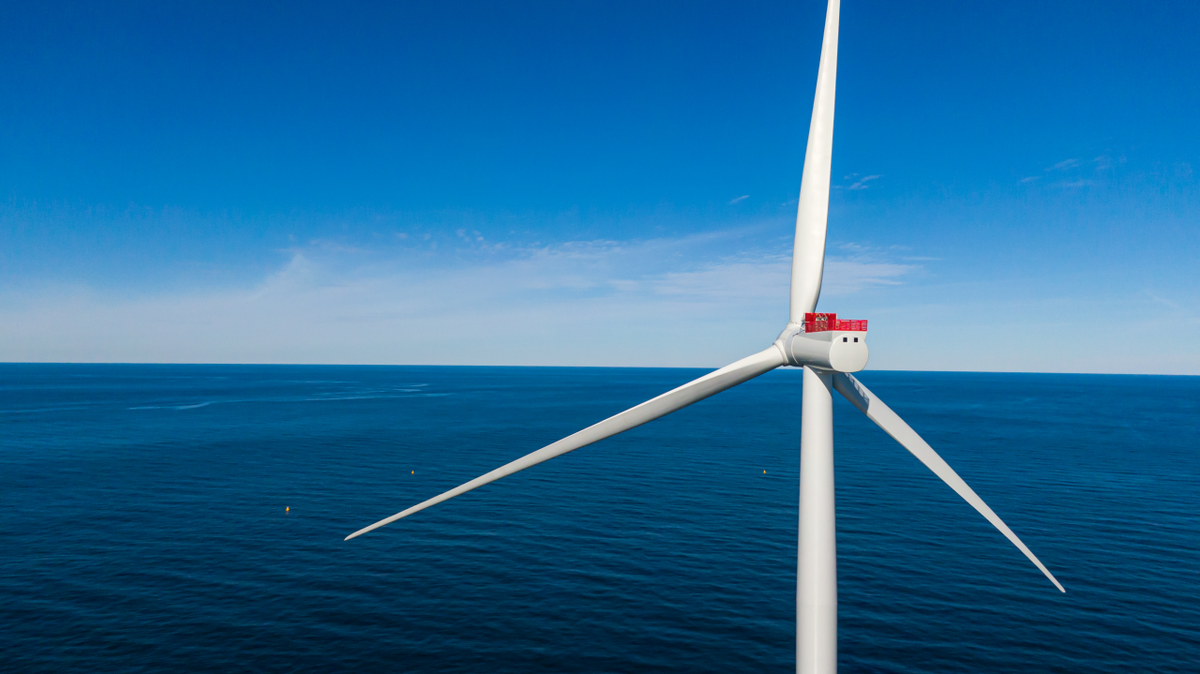Business Sectors
Events
Contents
Register to read more articles.
Floater opportunities shine in Golden Triangle
Led by Brazil and West Africa, drillships will be hot commodities over the next three years, with demand growing 10% annually and new capacity restricted
Ultra-deepwater E&P is driving floater demand in the Golden Triangle, with drillships securing leading-edge day rates approaching US$500,000, and contractors reporting active fleet utilisations in the mid-90s.
Floaters (drillships and semi-submersibles) will be hot commodities over the next three years, as demand is expected to increase at a compound annual growth rate (CAGR) of 10% through 2026, according to Rystad Energy RigCube data. Floater demand will grow from 119 rig years in 2023 to 159 rig years in 2026; 30% of this floater demand will be generated by exploration drilling.
As of early March, 149 floaters were under contract globally, according to Westwood Global Energy Group.
Among those are five drillships owned or managed by Houston-based Diamond Offshore Drilling that are under various contracts with BP, Occidental or Beacon for drilling campaigns in the US Gulf of Mexico (US GoM).
One of these, the seventh-generation drillship Ocean BlackHornet, was extended by BP for another two years in March in direct continuation of the vessel’s current contract. This will keep Ocean BlackHornet working in the US GoM until Q1 2027.
“West Africa could grow to 22 floaters over the next year”
This contract extension, worth about US$350M, pushes Diamond Offshore Drilling’s backlog closer to US$2Bn.
Diamond Offshore’s Ocean BlackLion has been secured by BP for a US GoM campaign that extends to Q3 2026.
Rig analyst Esgian reports that the sixth-generation ultra-deepwater drillship West Vela will continue working for Beacon Offshore in the US GoM under Diamond Offshore’s management into mid-August 2024. West Vela will then transition to its owner Seadrill’s management, after which it will work under multiple contracts in the US GoM. The first drilling campaign will be for QuarterNorth Energy, from around September 2024 to January 2025, says Esgian.
Next will be a 150-day contract with Talos Energy, which will keep West Vela under contract until June 2025. Talos also has options to extend its charter.
Headed to Brazil
Big board-listed Talos, one of the largest independent oil companies operating in the US GoM, closed on its acquisition of QuarterNorth Energy in early March.
Once it finishes its campaign for BP in the US GoM, the sixth-generation UDW drillship, West Auriga, will move from Diamond Offshore’s management back to Seadrill. The drillship will be prepared and repositioned to offshore Brazil for a campaign with Petrobras.
Houston-based drilling contractor Valaris exercised its options and took delivery of newbuild Valaris DS-13 and Valaris DS-14 for an aggregate purchase price of US$337M. The drillships will be stacked at Las Palmas, Spain, until they have been contracted, Valaris reports. These drillships could very well end up on contracts in the Golden Triangle — Brazil, US GoM or West Africa.
Valaris, which has some US$3.9Bn in backlog, has completed five drillship reactivations since 2022. A sixth, Valaris DS-7, is undergoing reactivation in Spain for an 850-day, US$364M contract in West Africa. The contract will begin in June 2024, running to September 2026.
“The floater market continues to develop positively,” noted president and chief executive, Anton Dibowitz, during the company’s Q4 2023 results call with investors. “Leading-edge day rates continue to be in the mid- to high-400s as demonstrated by our two most recent drillship fixtures and we believe that they will continue to move higher over time as the remaining stacked and newbuild capacity continues to diminish and the total supply and demand balance tightens.”
“Leading-edge day rates continue to be in the mid- to high-400s”
Valaris senior vice president and chief operating officer, Matt Lyne, said global sixth- and seventh-generation drillship utilisation was 93%. Mr Lyne said Valaris was tracking 30 potential opportunities for floater campaigns that would last for one year or more that would start before the end of 2026.
“We continue to see Brazil being a key driver of ultra-deepwater floater demand, and Petrobras currently has opportunities for five rigs across its Sepia and Roncador developments outstanding,” said Mr Lyne. He expects Petrobras will issue additional tenders for rigs beyond its current two active tenders.
Valaris has 10 drillships contracted for work in the Golden Triangle — two in the US GoM, four in Brazil and four in West Africa. The two highest day rates reported in its fleet status report were US$447,000 for Valaris DS-17 for Equinor and US$450,000 for Valaris DS-8 for Petrobras, both in Brazil.
After a six-month extension, Noble Corp’s Noble Valiant is now fixed with LLOG at a day rate of US$470,000 for a one-year drilling campaign in the US GoM to February 2025. That lofty day rate is matched by Noble Voyager, which is deployed to Suriname for a contract that runs to June 2024 with Petronas.
Thriteen of Noble’s 15 drillships are under contract, all but one are employed in the US GoM, South America or West Africa. Noble Viking is under contract to Shell in Malaysia at day rates of US$407,800 this year and US$442,000 in 2025.
Noble president and chief executive, Robert Eifler, was upbeat when reviewing the company’s Q4 2023 results, noting contracted ultra-deepwater demand for 92 rigs representing 95% effective utilisation. He sees primary drivers of floater demand coming from West Africa and South America. Guyana remains a core market for Noble, which has four drillships working for ExxonMobil. “Starting in South America, there are currently 29 UDW floaters under contract in Brazil with a further six units contracted to startup over the course of 2024,” he said.
Mr Eifler told investors West Africa’s utilisation is 100% on 18 regionally marketed floaters. “Overall, we believe West Africa could grow to 21 to 22 floaters over the next year,” he said.
He said demand in the US GoM has ranged between 22 to 25 rigs over the last couple of years, with current utilisation at a healthy 89%.
In March, Seadrill’s semisubmersible Sevan Louisiana is expected to complete its 10-year special periodic survey in the US GoM. Rig analyst Esgian points out Sevan Louisiana was active in the US GoM throughout 2022 and 2023, concluding a well programme with Talos in late December 2023.
Seadrill chief commercial officer, Samir Ali, is quoted as saying that Sevan Louisiana is one of the last remaining semisubs “in an increasingly bifurcated US Gulf of Mexico” and “competes in a smaller secondary segment focused on lower priced and more niche applications.”
Esgian reports Sevan Louisiana is one of three semisubmersibles left in the US GoM, alongside cold-stacked Valaris units, Valaris DPS-3 and Valaris DPS-6.
Related to this Story
Events
Maritime Environmental Protection Webinar Week
The illusion of safety: what we're getting wrong about crews, tech, and fatigue
Responsible Ship Recycling Forum 2025
© 2024 Riviera Maritime Media Ltd.

